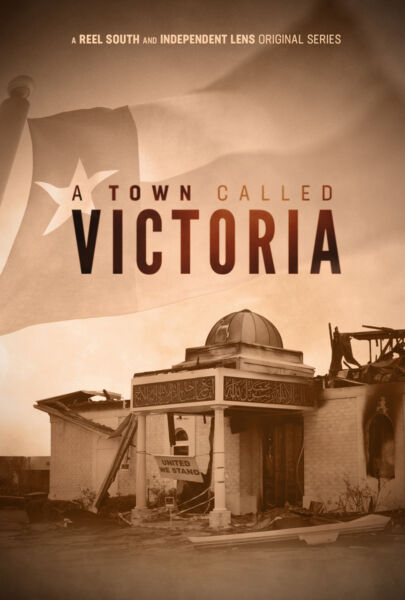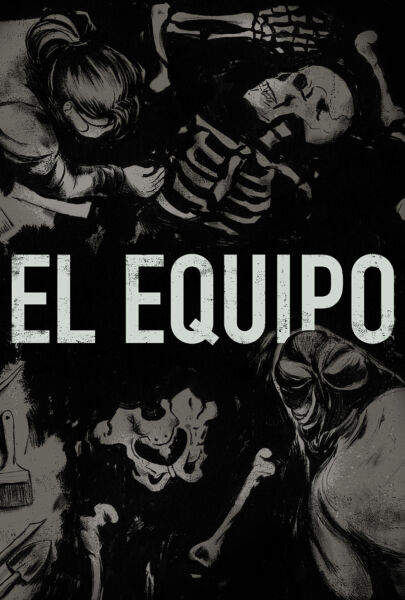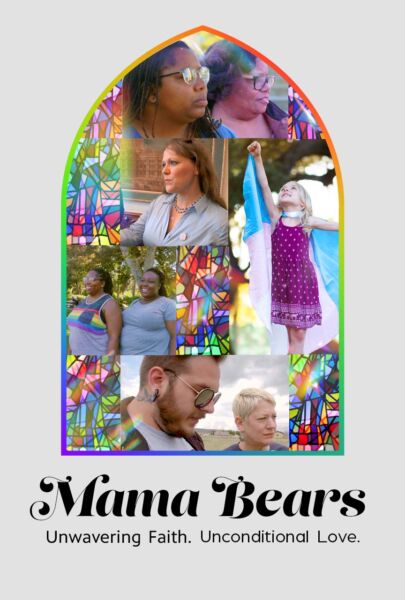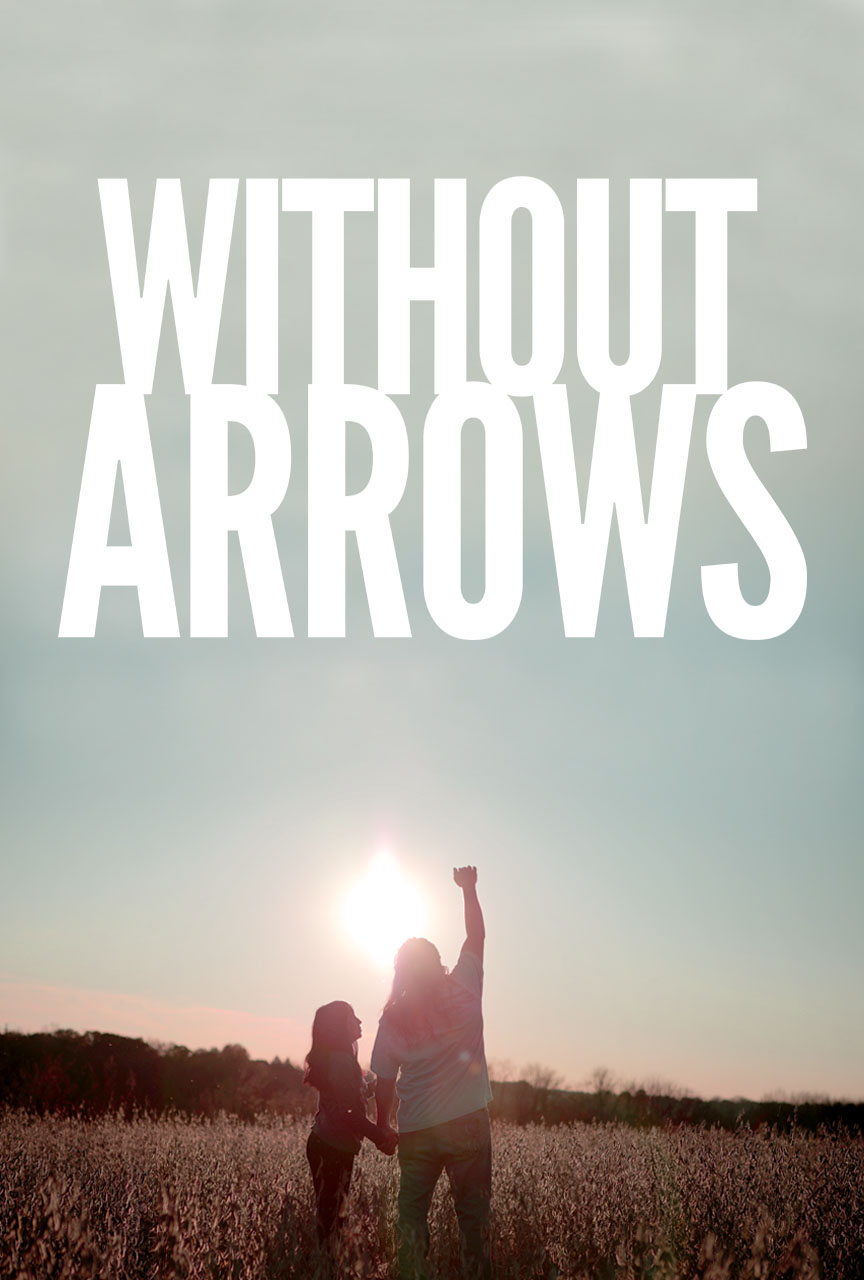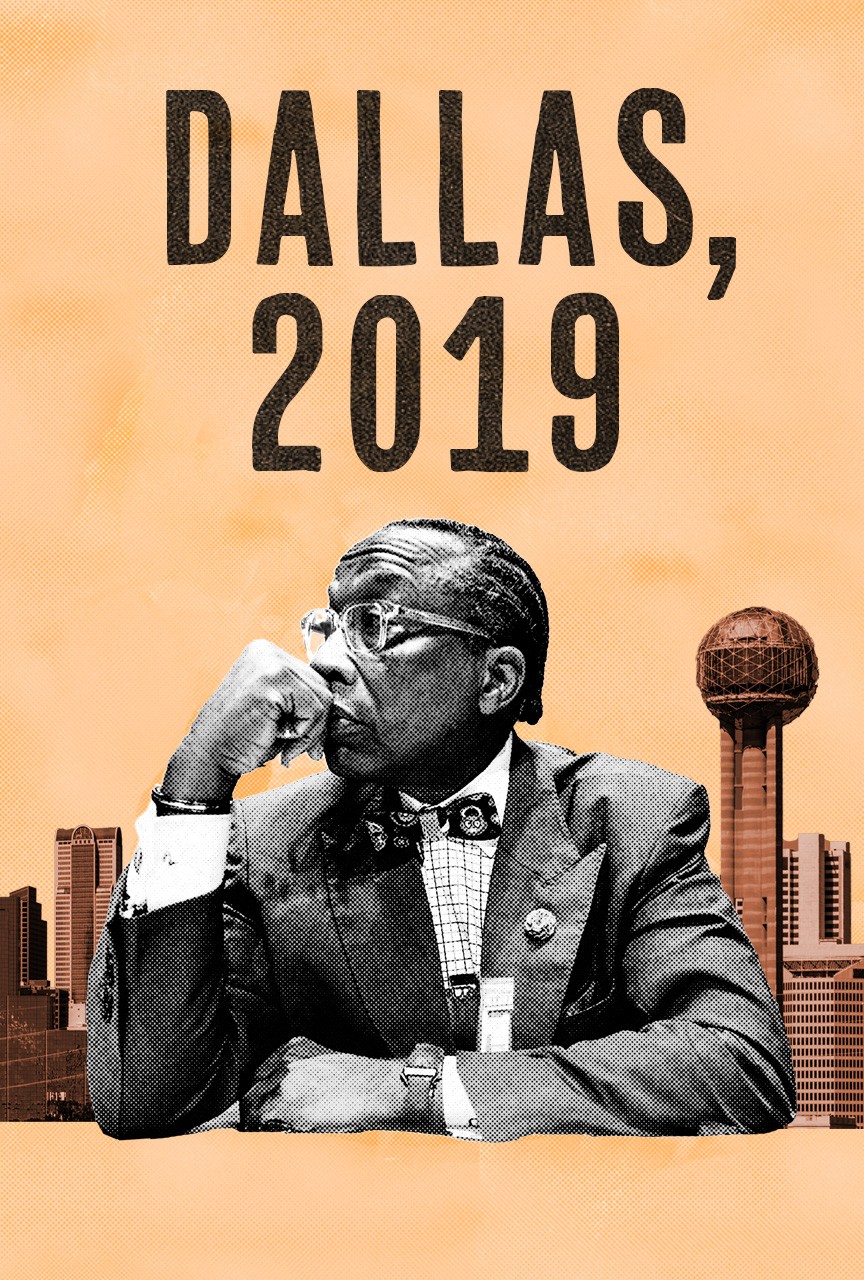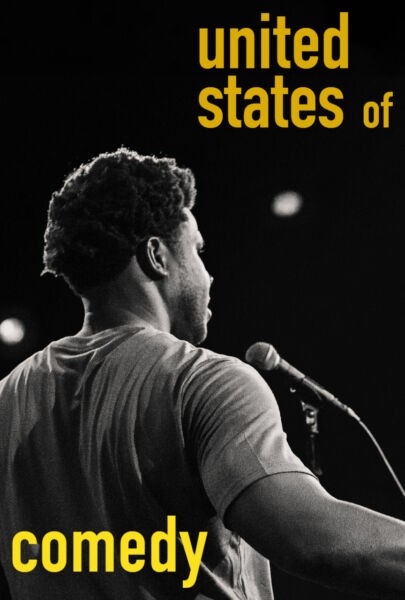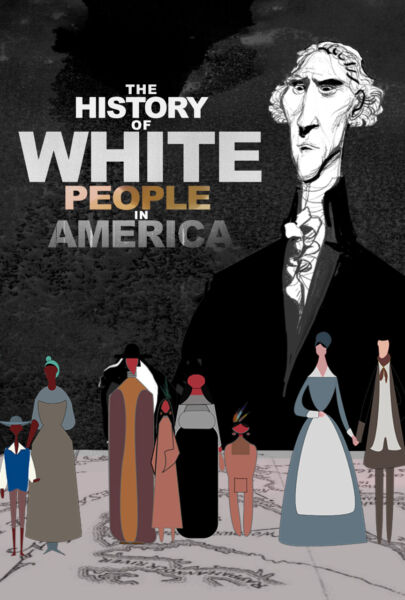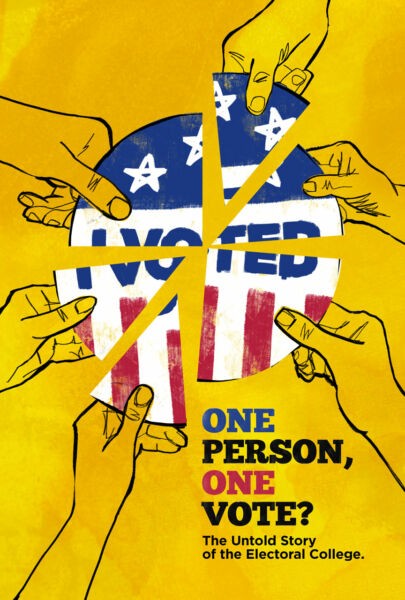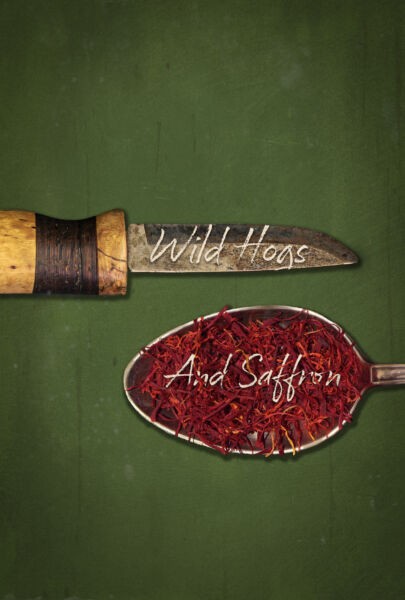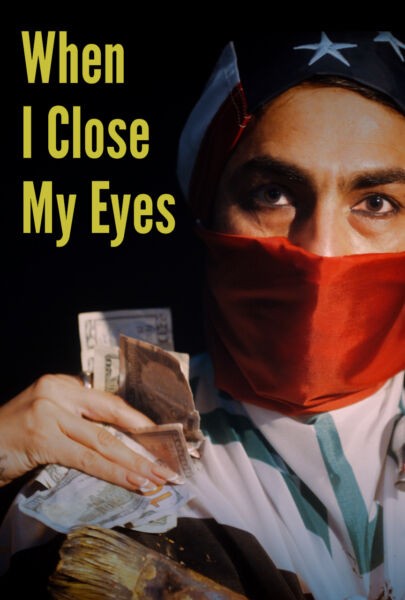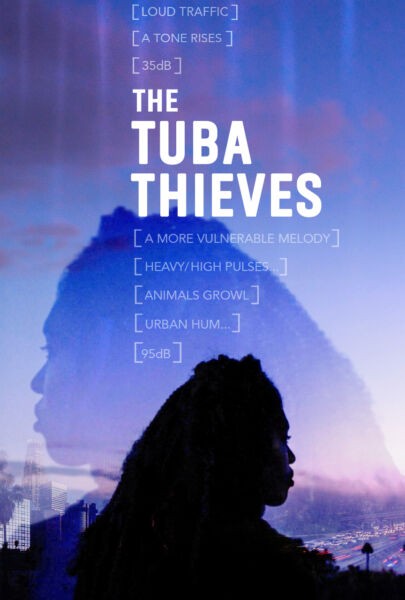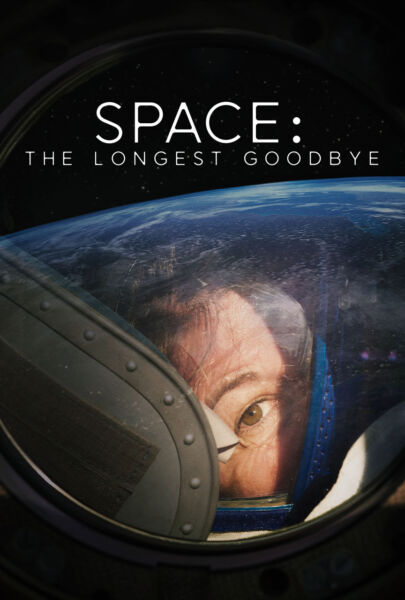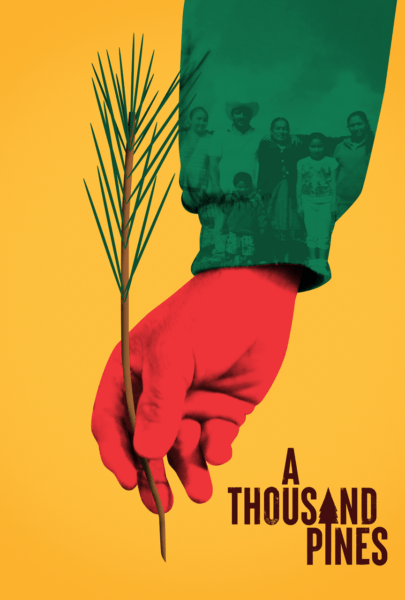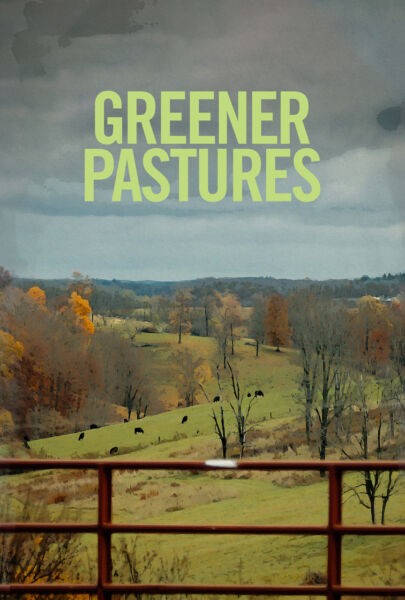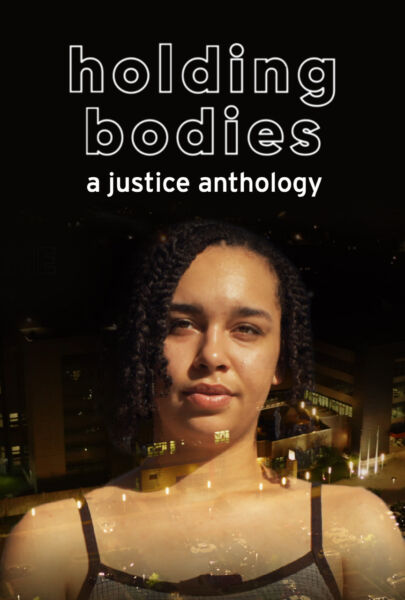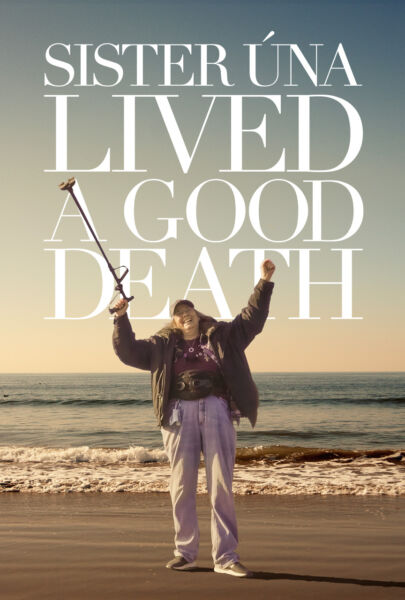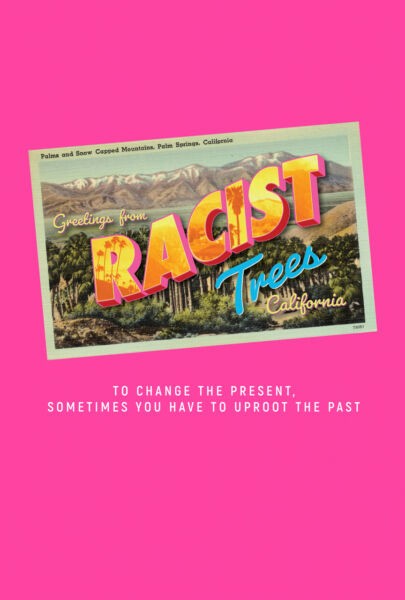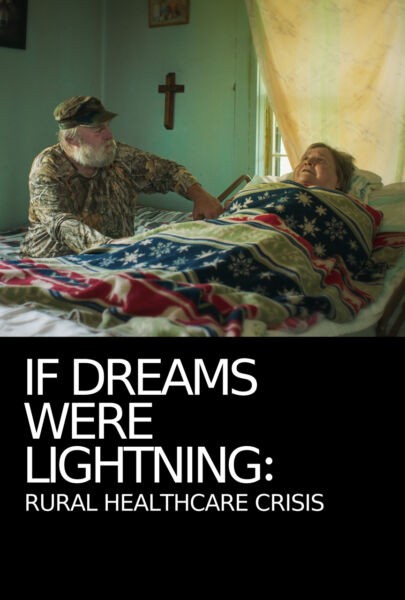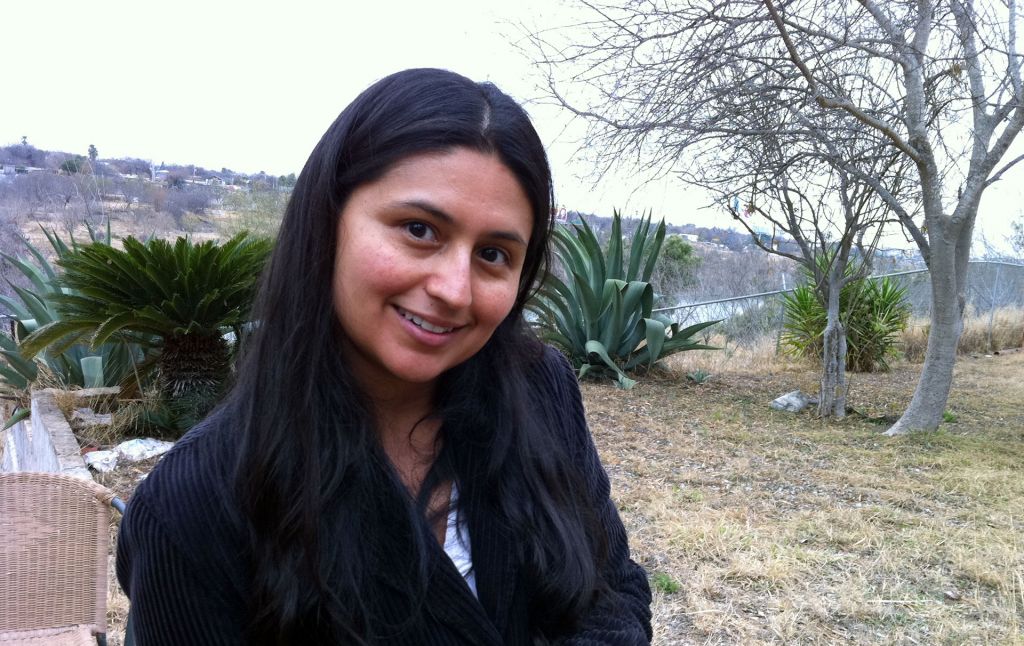
Cristina Ibarra’s critically-acclaimed documentary The Last Conquistador had a national broadcast on PBS’s P.O.V., and now she’s returning to PBS with Las Marthas, which premieres on Independent Lens Monday, February 17 at 10 PM (check local listings). The Texas-raised filmmaker went back to her home state to capture a completely unique pageant rich in history and culture: the border city of Laredo’s month-long celebration of Washington’s birthday with inventive reenactments and bicultural celebrations, many of them involving their Mexican sister city, Nuevo Laredo, and the most preeminent event of them all, the invitation-only debutante ball hosted by the elite Society of Martha Washington.
Society daughters, most of them Mexican American, are invited to debut in elaborate Colonial gowns representing iconic figures from America’s revolutionary history, to reenact a ball thrown by America’s first First Lady. Las Marthas follows two of the young debutantes — one a prominent member of Laredo society and the other a newcomer from Mexico — as they prepare for this rite of passage.
The film is a recipient of the Tribeca Institute’s Heineken VOCES Documentary Award, as well as funding from LPB, Jerome Foundation, and Humanities Texas. “Las Marthas is so expertly told that by the end of the movie you’re at the edge of your seat,” wrote Enrique Lopetegui in The San Antonio Current. We chatted with Ibarra as she awaited the film’s television premiere.
How did you first hear about this pageant in Laredo and what attracted to you to want to make a film about it?
I had never heard of the celebration while I was growing up in El Paso, Texas. But after one of my cousins married and moved to Laredo, I went to visit her and I noticed all of these local magazines around town with young women on the covers who reminded me of Marie Antoinette — but a Latina version. I found out that these girls were debutantes and it soon became apparent that they were celebrities in town — everyone knew their names and their family’s names. But most surprising of all, they were representing characters from the American Revolution at a Colonial Ball that was part of a larger city-wide celebration of George Washington’s birthday.
I found myself wondering, “Why would these young women play such a prominent role in honoring a symbol of the American conquest in these territories that used to be part of Mexico?” This question stayed with me for a long time, until finally I got the chance to explore it in this documentary.
Since I grew up along the US/Mexico border, in a city that (like Laredo) is also majority Mexican American, that aspect felt really familiar to me. But I soon realized that Laredo is very different in ways that aren’t immediately obvious. Unlike the rest of Texas — where many Mexicans were displaced or even lynched by Anglo migrants who wanted to take control of this territory back in the early 1800’s — in Laredo most of the Mexican landowners were able to keep their property, even after the US/Mexico War ended in 1848. Anglos weren’t as attracted by this border region because the soil seemed too dry and arid for farming.
So even to this day, much of the elite of Laredo continue to be mostly Mexicans who can trace their roots back to the Spanish who colonized the territory in the 1600’s. I am not used to seeing that kind of Mexican American privilege in other parts of Texas or the United States.
And was it a challenge logistically to go back and forth between Laredo, Texas and Nuevo Laredo, Mexico? In the film it seems surprisingly easy for students/teens to live in both worlds.
There have always been really strong family ties between the communities on both sides of the border. It used to be really easy to move back and forth. Sadly, because of the drug war, the border wall being built, and stricter immigration policies, it has become increasingly difficult and time-consuming to do this. But nevertheless, many people still try to keep this binational connection alive. There are many young people from Nuevo Laredo who still cross every single day, so that they can go to school in Laredo.
Had you any experience with the world of debutante balls before? What surprised you (or didn’t surprise you) when in the midst of the debutante “season”?
I did not know very much about debutante balls, other than the fact that they happen all over the world: New York, Paris, New Orleans… What surprised and intrigued me when I first learned about the one in Laredo was that it featured mostly Mexican American girls pretending to be Anglos from the American Revolution. That role-playing aspect makes this presentation to Society very unique. Most debutante balls are fairly expensive and exclusive. In this case, the debutantes and their families just happen to be mostly Mexican American.
What are some things you learned or challenges you faced in the process of making this film that you will help you on your next projects — and what wisdom would you impart from that onto new filmmakers?
It was tricky at times conveying our vision of the film. I think some people wanted us to take sides regarding the class issues on display, to be more critical of the society, to call out the inherent irony of Mexicans pretending to be Anglo. It would have been much easier to get that kind of film funded. But it was important for us to stick with our original vision. We wanted to explore the contradictions of this event through the coming-of-age of the young women — and let viewers form their own conclusions. To make a film from the inside-out and unravel the layers of identity, legacy, and history that makes this event so meaningful to folks.
My advice to filmmakers is to stay true to themselves, and make the film they want to make.
And speaking of which, what projects are you working on, or planning on working on next?
I really hope to return to a project I started developing with my producing partner Erin Ploss-Campoamor, called Love & Monster Trucks. It’s a feature-length narrative film about a young Chicana artist who is also 4×4 “royalty” in her hometown of El Paso, Texas. It’s also a coming-of-age story set along the border that explores family relations and identity issues in new and surprising ways.
Find out what the two young women featured in the film are up to today.



